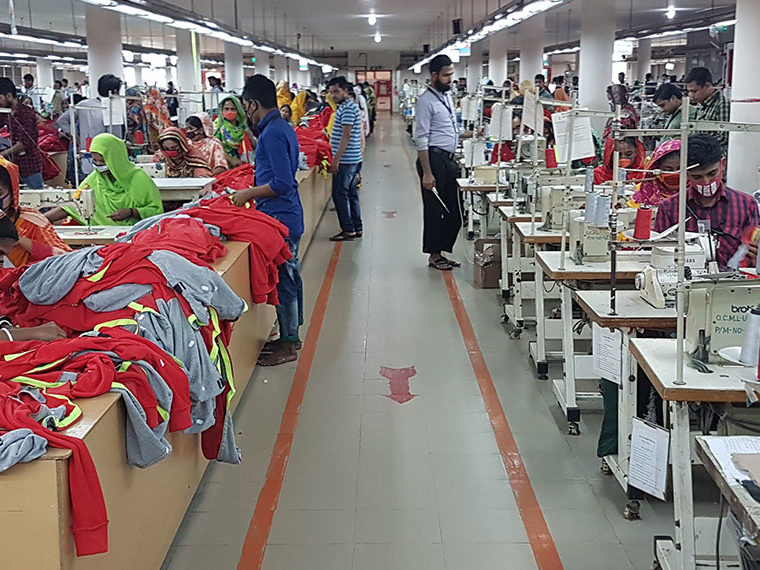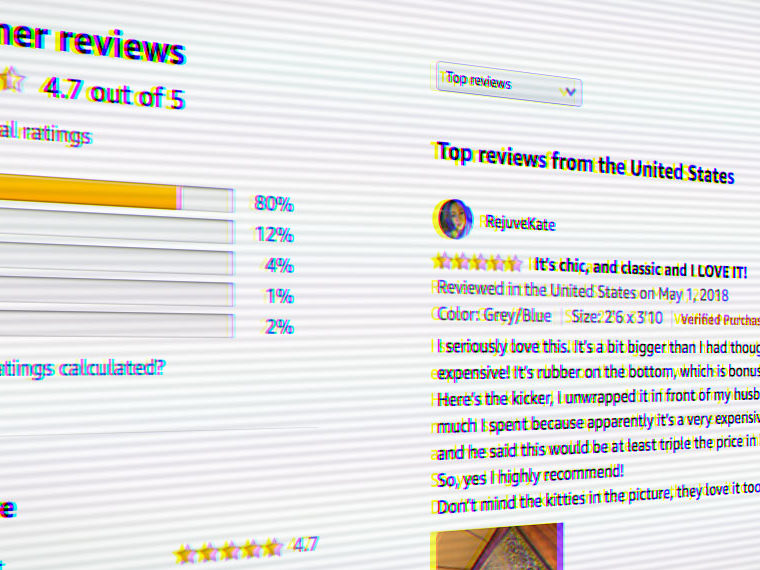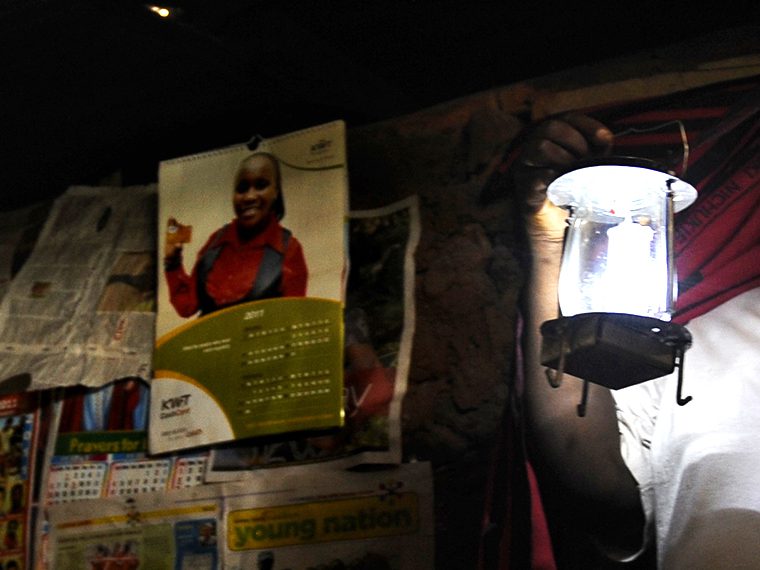Researchers compare income disparity by county to product availability
The widening gap between the have-a-lots and everyone else is often studied for its role in big-picture financial struggles. Stagnant wages can’t keep up with the rising cost of a home, a college education or an ever-larger share of medical expenses, assuming you’ve got health insurance in the first place.
In a paper forthcoming in Management Science, the University of South Carolina’s Rafael Becerril-Arreola, UCLA Anderson’s Randolph E. Bucklin and Washington University in St. Louis’ Raphael Thomadsen find that rising income inequality also affects what gets stocked on grocery store shelves.
The researchers looked at the level of income distribution disparity in more than 1,700 U.S. counties between 2007 and 2013, using the Gini income index. (A Gini index of zero expresses absolute equality, where everyone has the same income. An index of 1 represents maximum inequality.)
Opt In to the Review Monthly Email Update.
Then they overlaid that with a look at the product range available in grocery stores within each county across nearly 950 categories of nonperishable household necessities.
More than two-thirds of the counties had a widening of income inequality, and in those counties — and at individual stores in those counties — the available assortment of products tended to narrow. In the counties where income inequality narrowed, there was typically more product variety added to the shelves.
The researchers also established that the effects of higher inequality on assortment could be explained by changes in the incomes earned by households in the middle class, which they defined, according to U.S. Census Bureau data, as the third and fourth income quintiles (the 40th to 60th income percentiles, and the 60th to 80th percentiles, respectively). When middle-class share of income rose, variety went up, but when it fell, variety went down.
The authors posit that for grocery suppliers, in particular, adding Gini tracking to one’s operational dashboard may be a useful insight to drive marketing efforts. “Our results show that markets with rising income inequality experience assortment pruning by the grocery channel and markets with falling inequality see expansion,” they write. “With data on local changes in the Gini index, managers may be better able to guide either defensive actions to retain shelf space or offensive actions to acquire it.”
Their research should also be of interest to food stamp policy stakeholders. A change in federal regulations a few years ago increased the minimum number of products a retailer must stock in a given category to participate in the program. The authors conclude, “Consumers’ ability to use food stamps may decline in areas where falling average income and rising income dispersion leads retailers to reduce their assortments and possibly stop participating in the food stamp program.”
Featured Faculty
-
Randolph E. Bucklin
Peter W. Mullin Chair in Management; Professor of Marketing
About the Research
Becerril-Arreola, R., Bucklin, R.E., & Thomadsen, R. (2020). Effects of income distribution changes on assortment size in the mainstream grocery channel. Management Science.






